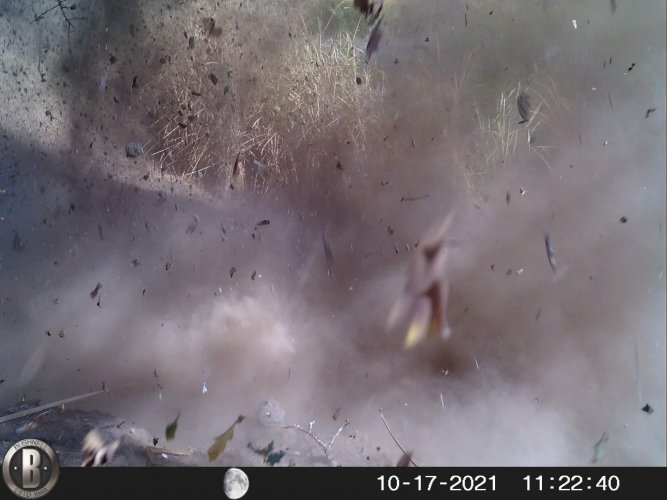seeth07
Well-known member
Idk why this came up on my Google feed but I laughed the whole time reading it. Not sure if it's meant to be humerus or is a real article but fun to read regardless!

 www.iflscience.com
www.iflscience.com

The US Forest Service Guide To Completely Obliterating A Horse With Explosives
Trust us, this is not something you want to get wrong.





